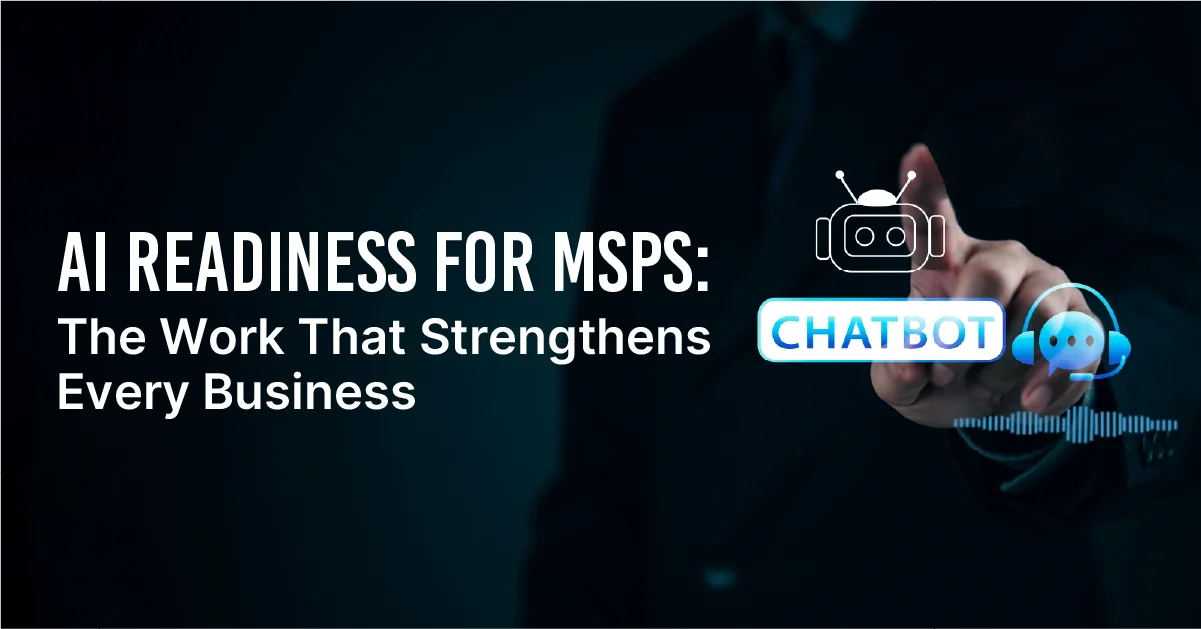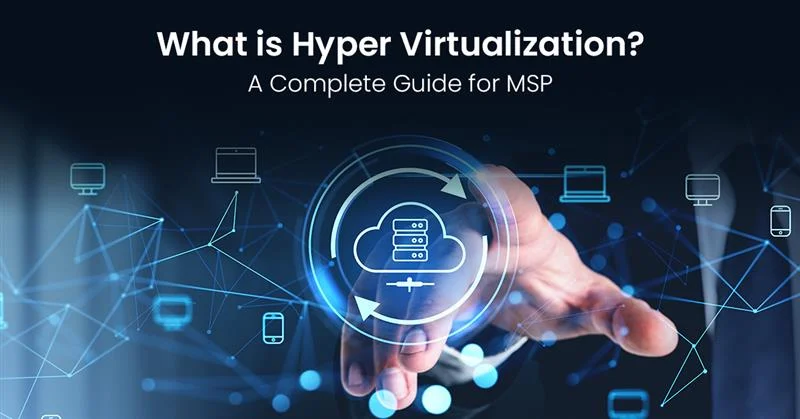Your best employee just quit, and suddenly nobody knows how to run that crucial process they handled daily. Without a proper Standard Operating Procedure (SOP) in place, your business operations grind to a halt. This scenario plays out in companies worldwide every single day.
SOP are your solution to this chaos. They ensure your business runs smoothly regardless of who’s on your team. Whether you’re scaling a startup or managing enterprise operations, implementing effective Standard Operating Procedures transforms unpredictable workflows into systematic success.
Here’s everything you need to know about SOP – from what they are to how you can implement them to bulletproof your operations.
What is SOP (Standard Operating Procedure)?
Let’s cut straight to the chase – a Standard Operating Procedure is essentially your business playbook. It’s a detailed, written set of instructions that explains exactly how to perform specific tasks or processes within your organization.
Think of it as a recipe, but instead of making cookies, you’re ensuring every team member delivers consistent results, whether they’re handling customer complaints, processing invoices, or conducting safety inspections.
What Does SOP Mean in Business Context?
When we talk about what SOP means in the business world, we’re referring to much more than simple instructions. A well-crafted Standard Operating Procedure includes:
- Clear objectives that explain the purpose behind each task
- Step-by-step instructions that leave no room for guesswork
- Quality checkpoints to ensure standards are maintained
- Responsibility assignments so everyone knows their role
The key difference between SOPs and other business documents? SOPs are action-oriented. While policies tell you what to do, Standard Operating Procedures show you exactly how to do it.
SOP Explained via Real-Time Problem & Solution
Here’s a reality check: Employee errors often occur when procedures are unclear or missing. Companies that implement comprehensive Standard Operating Procedures typically see significant reductions in operational errors and improved consistency.
Businesses across industries have found that well-documented procedures ensure consistent service delivery, regardless of which team member handles the task.
Why Standard Operating Procedures are Critical for Business Success
Now that we’ve covered what is SOP, let’s talk about why your business absolutely needs them. Standard Operating Procedures aren’t just nice-to-have documents gathering dust in a filing cabinet – they’re the backbone of efficient operations.
What is the Use of SOP in Modern Workplaces?
- Modern businesses face unprecedented challenges: remote work, rapid scaling, regulatory compliance, and customer expectations that seem to change daily. Here’s how Standard Operating Procedures address these challenges:
- Consistency is King: Every customer interaction, product delivery, or service experience follows the same high standards. This builds trust and credibility with your audience.
- Risk Mitigation: Organizations with documented procedures face fewer compliance violations and costly mistakes. Standard Operating Procedures act as your first line of defense against operational errors.
- Knowledge Preservation: When experienced employees leave, their expertise doesn’t walk out the door with them. Your Standard Operating Procedure captures institutional knowledge that would otherwise be lost.
- Performance Measurement: You can’t improve what you can’t measure. SOPs provide clear benchmarks for evaluating team performance and identifying improvement opportunities.
Real-Time Problem & Solution Showcasing the Use of SOP in Modern workplace
Here’s a common scenario: High employee turnover creates significant costs for businesses through knowledge loss and retraining expenses. When experienced employees leave, their expertise often walks out the door with them.
Companies like McDonald’s have addressed this challenge through comprehensive Standard Operating Procedures. Their detailed SOPs ensure consistent experiences across all locations worldwide, helping them maintain quality standards regardless of staff changes.
How to Develop Effective Standard Operating Procedures
Creating a Standard Operating Procedure isn’t about writing a novel – it’s about crafting clear, actionable guidance that your team will actually use. The best SOPs are born from collaboration, not isolation.
What Makes a Good SOP Documentation?
Effective Standard Operating Procedures share several key characteristics:
- Visual Appeal: Nobody wants to read a wall of text. Break up your content with:
- Flowcharts that map out decision points
- Screenshots showing exactly what buttons to click
- Checklists that ensure nothing gets missed
- Diagrams that illustrate complex processes
Plain Language: Skip the corporate jargon. Write like you’re explaining the process to a friend. If your grandmother couldn’t understand it, simplify it further.
Regular Updates: The business world moves fast. Set up quarterly reviews to ensure your Standard Operating Procedures stay current with changing regulations, technology updates, and process improvements.
Who Should Be Involved in SOP Creation?
Creating effective Standard Operating Procedures requires input from multiple stakeholders:
- Subject Matter Experts: These are your go-to people who know the process inside and out. They provide the technical accuracy that makes your SOP reliable.
- End Users: The people who will actually follow the Standard Operating Procedure daily. Their feedback ensures your documentation is practical and user-friendly.
- Quality Assurance Teams: They spot potential gaps and ensure your SOP meets industry standards and compliance requirements.
- Management: Leadership provides strategic context and ensures your SOP align with broader business objectives.
SOP Creation Involvement: Real-Time Problem & Solution
Here’s an important consideration: Business procedures can quickly become outdated as companies grow and evolve. The solution lies in building feedback loops directly into your Standard Operating Procedure maintenance process.
Companies like Toyota have perfected this approach through their continuous improvement methodology. They encourage employees to suggest SOP improvements regularly, resulting in procedures that evolve with changing needs and technologies.
What SOP Implementation Challenges You Need to Know
Let’s be honest – implementing Standard Operating Procedures isn’t always smooth sailing. Understanding common pitfalls helps you avoid them and sets your SOP initiative up for success.
Why Do Standard Operating Procedures Fail?
The most common reason SOP fail isn’t poor writing or inadequate planning – it’s lack of buy-in. Change initiatives often struggle when employees resist new processes.
Here are the top failure points:
- Overly Complex Documentation: If your Standard Operating Procedure requires a manual to understand the manual, you’ve overcomplicated things. Keep it simple and actionable.
- Poor Training: Creating the SOP is only half the battle. Your team needs proper training on how to use it effectively.
- Insufficient Management Support: When leadership doesn’t champion Standard Operating Procedures, employees quickly lose motivation to follow them.
- Lack of Regular Updates: Outdated SOPs are worse than no SOPs at all because they create confusion and inefficiencies.
How Employee Feedback Improves SOP Effectiveness
Smart organizations treat their Standard Operating Procedures as living documents that improve through employee feedback. This approach yields several benefits:
- Practical Improvements: Frontline employees often spot inefficiencies that management might miss. Their input makes your Standard Operating Procedure more practical and effective.
- Increased Ownership: When employees contribute to SOP development, they’re more likely to follow and advocate for the procedures.
- Continuous Innovation: Employee feedback drives ongoing improvements that keep your Standard Operating Procedures current and competitive.
Regular feedback collection through surveys, team meetings, and suggestion boxes ensures your Standard Operating Procedures remain relevant and useful.
SOP Best Practices and Implementation Tips
Ready to create Standard Operating Procedures that your team will actually use? Here are proven strategies that work across industries and company sizes.
What Should Every SOP Include?
Every effective Standard Operating Procedure should contain these essential elements:
- Clear Purpose Statement: Start with why the procedure exists and what it accomplishes. This context helps employees understand the bigger picture.
- Scope Definition: Specify exactly when and where this Standard Operating Procedure applies. Clear boundaries prevent confusion and misapplication.
- Step-by-Step Instructions: Break down complex processes into manageable chunks. Use numbered lists, bullet points, and action verbs to make instructions easy to follow.
- Quality Control Checkpoints: Build in verification steps that catch errors before they become problems. These checkpoints ensure your Standard Operating Procedure delivers consistent results.
- Contact Information: Include who to contact for questions, clarifications, or emergencies. This support system encourages proper SOP usage.
Transform Your Operations with Professional SOP Solutions
The challenges of creating, implementing, and maintaining effective Standard Operating Procedures can overwhelm even the most organized teams. From ensuring consistent documentation to gathering meaningful employee feedback, managing SOPs requires dedicated expertise and robust systems.
That’s where IT By Design’s Network Operations Center (NOC) services come in. Our comprehensive operational excellence solutions address every SOP challenge we’ve discussed in this guide.
Our expert team helps organizations:
- Design and implement standardized operational procedures that actually work
- Establish continuous monitoring and improvement frameworks that keep your SOPs current
- Create feedback-driven process optimization systems that evolve with your business
- Ensure 24/7 operational consistency and compliance across all departments
Don’t let poor procedures cost your business success. Companies working with our NOC services typically see a 40% improvement in operational efficiency within 90 days.
Ready to revolutionize your operations?
Schedule a call with us today to discover how our proven Standard Operating Procedure methodologies can transform your business operations from chaotic to systematic, from reactive to proactive.
The question isn’t whether you can afford to implement proper Standard Operating Procedures – it’s whether you can afford not to.
FAQs (Frequently Asked Questions)
Q: What is SOP, Standard Operation Procedure?
A: A Standard Operating Procedure is a documented set of step-by-step instructions that outlines how to perform routine tasks consistently and efficiently within an organization. It serves as a roadmap for maintaining quality and consistency across all operations.
Q: What is the use of SOP?
A: SOPs ensure consistency, reduce errors, improve training efficiency, maintain compliance, and preserve organizational knowledge for seamless operations. They’re essential for scaling businesses and maintaining quality standards.
Q: How often should SOPs be updated?
A: Standard Operating Procedures should be reviewed quarterly and updated whenever processes change, or employee feedback indicates improvements are needed. Regular maintenance keeps them relevant and useful.
Q: Who is responsible for maintaining SOPs?
A: Process owners, quality managers, and designated SOP coordinators typically share responsibility for maintaining current documentation. Clear ownership ensures procedures stay up-to-date and accurate.








